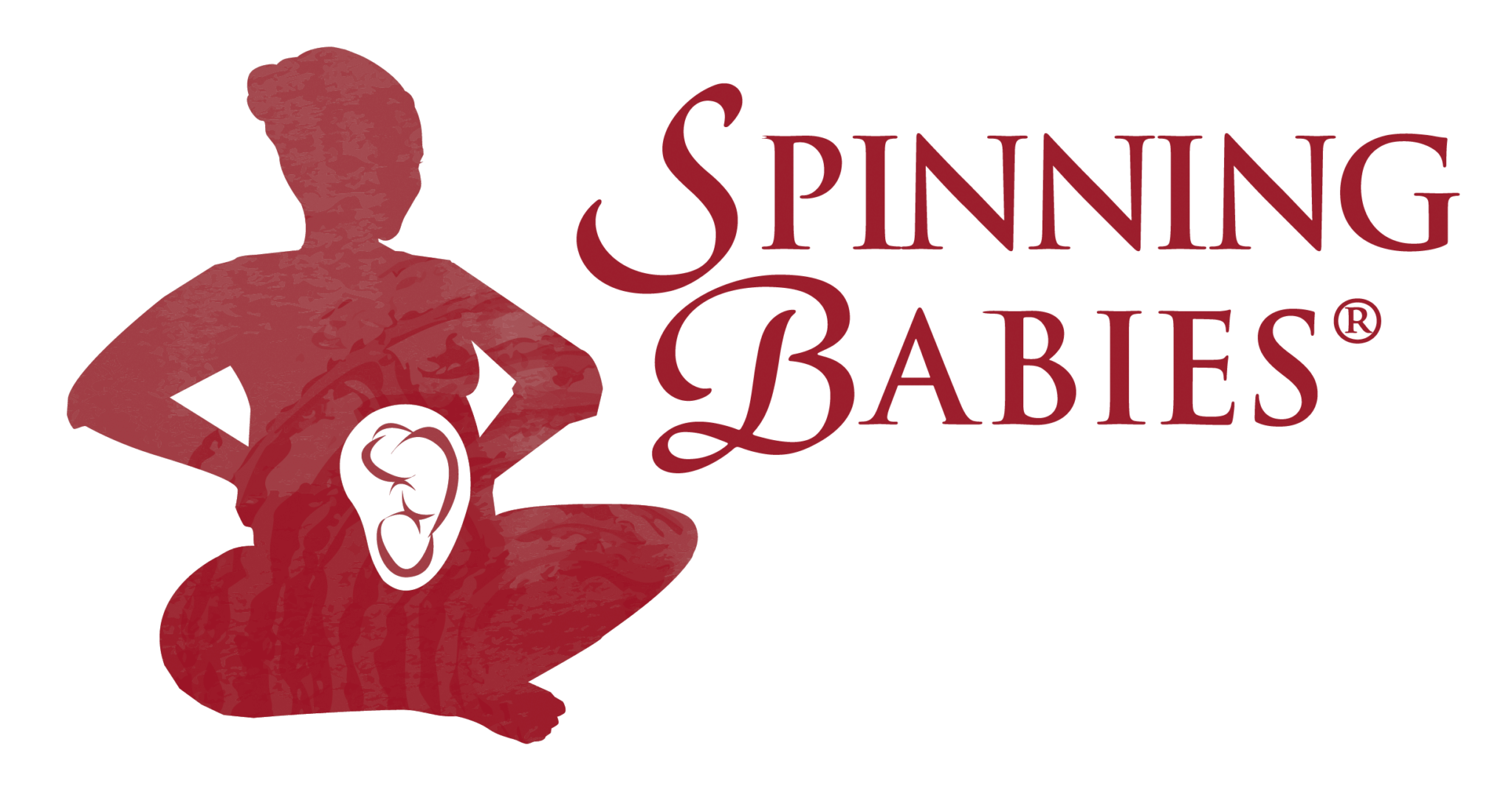First we’re asked, “Is homebirth safe?
Is it as safe as hospital birth?”
(Then we’re asked, who’ll clean the mess, and yes, midwives help with that!)
To be current-
The American College of Obstetrics and Gynecology has come out with a slanted “mega-analysis” claiming triple the death rate for homebirth. The experts of normal birth, say his collection of review articles included unplanned homebirths and therefore the conclusion is misleading.
It makes sense that if you include sudden, unplanned births and therefore unattended by a skilled provider you will see more unnecessary death.
To be reflective-
Back in 1976, Lewis Mehl, PhD put out the definitive study of homebirth using 26 variables comparing many women, woman to woman as matching sets of birthers using home or hospital as the only significant variable remaining. Since Mehl’s report there have been mostly good news about homebirth, including the Daviss-Johnson study of North American Certified Professional Midwives attending 1500 homebirths in the year 2000.
These and other comparison studies show no increased death rates at homebirths with a midwife. What they do show is that hospital birthing women have greater numbers of injuries, infections and procedures.
Planned homebirth has better outcomes than hospital birth for motivated and healthy women.
Home birthed babies typically breastfeed longer and with less other foods in the first two months, such as formula. Homebirth and breastfeeding may increase a child’s immunities through support of beneficial bacteria in the home and in breastmilk. See earlier breastfeeding post.
I was at a labor in the hospital recently. The mother asked for and received 8 doses of pain medications. She was given 4 doses of prostoglandins, 3 of which were cytotec. The resident physicians looked at the parents and said that cytotec was “perfectly safe.” I told the resident that the FDA didn’t approve cytotec for labor induction. She again said it was “perfectly safe” (again) since they weren’t using cytotec for induction but only for ripening. (The FDA neither approves Cytotec for ripening!) I looked her in the eye and said we lose a mother a year at one of the Metro area hospitals to the side effects of cytotec. (That “stat'”s via the L & D grapevine.) What more could I say? At least the baby and mother weren’t subjected to Pitocin.
Though the physicians spoke with kind and patient voices, I wonder if false claims are an assault to the patient bill of rights? When they arrived, the nurse told them their rights, including how they would be treated respectfully if they disagreed with treatment. I guess the solution to avoiding a disagreement in the first place is to lie.
The baby’s cord was cut immediately denying the child of needed blood volume and risking hypovolemic shock.
The odd thing is, this was an unplanned hospital birth. The parents did not prepare for the events typical to hospital birth. The public doesn’t realize that there are often reductions in procedures and medications when there is a chance to plan for a hospital birth.
Many families experience unplanned hospital birth. Its not enough to know the effects of drugs, its important to know the whole drug package. That means the environment, the emotional effect and the effect on parenting, breastfeeding and adjustment to each other. This family is doing fantastic. They beat the odds. As a biased homebirther, I say they are lucky. You can laugh, because often that’s the reaction an uninformed relative has about homebirth!
I emphasize the negative about hospital birth in this blog post strategically to make the counter point to ACOG attacking homebirth, but there were many good things about this birth! Welcoming a baby is a sacred event in any location. This family has love. Most important of all is love. Add a sense of humor and a practical air about choices and we have a healthy rebound.
Back to my original point.
Should we attempt to bring homebirth midwives to the mainstream? For instance, do midwives want the legal right to prehttps://www.spinningbabies.com/wp-content/uploads/2019/10/sample3-1.png and use drugs for non emergency uses? Do we really want to match AWOHNN’s monitoring guidelines. Is it good care we want or protection from litigation? Can we separate the two? If we adopt medical maternity models of labor and postpartum management how can the entry level midwife know which practices are actually for safety and well being and which are intended to keep the chart updated in case there is a disaster so we can show diligence before hand and hope to sway the case in the favor of the provider?
Why don’t we work to bring hospital practices up to the standard of homebirth?
Why not promote the practices of nutritional counseling, promotion of health and holding our families and especially pregnant women in high esteem (as opposed to high alert for litigation?). Let’s increase the value of touch, skill in palpation, massage and rebozo techniques rather than reliance on doppler and ultrasound, which is another step away from touch? Lets increase the community support for birthing families and promote a model of trust and celebration around childbearing. Social support reduces infant mortality more than the location of birth.
I’m hoping to go see Jennie Joseph in Wisconsin and to hear the Dane County story of how midwives did away with disparities in infant mortality next Sunday at the Regional MANA conference.
Let’s bring the nation up to our standards and not stoop to the standards less than ours. It seems there is a vulnerability to want to be recognized by those in power simply because they are in power. Its not protection for midwives, its compromise for birth.

